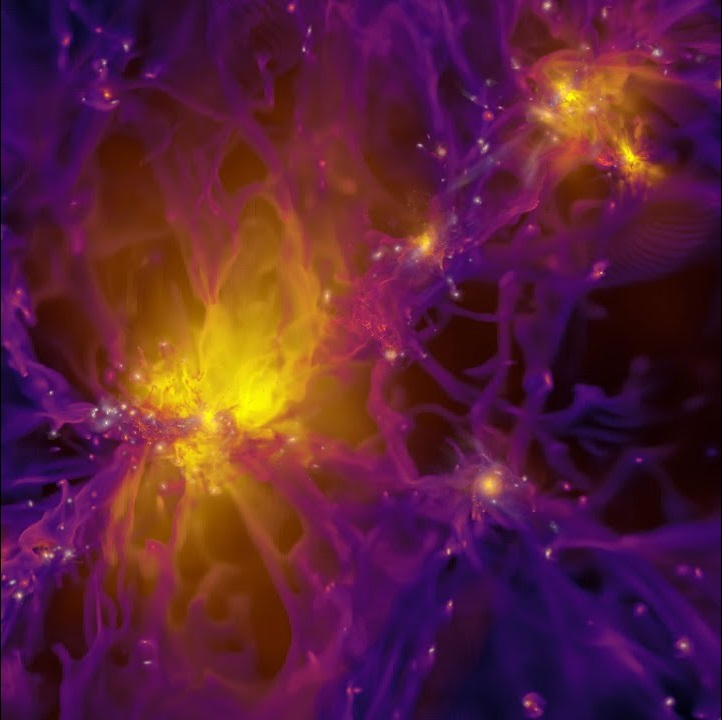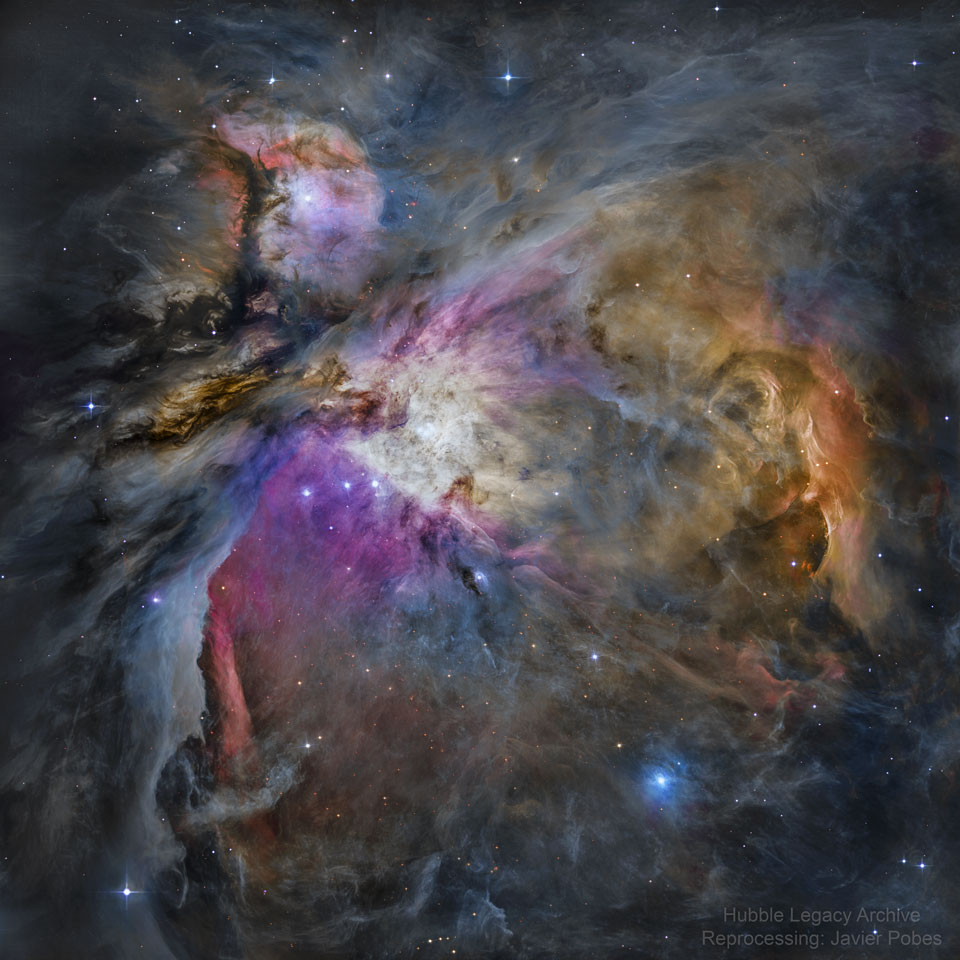Blog
Ahmad Jamal (born Frederick Russell Jones, July 2, 1930) is an American jazz pianist, composer, bandleader and educator. For six decades, he has been one of the most successful small-group leaders in jazz.
Jamal was born Frederick Russell Jones in Pittsburgh, Pennsylvania, on July 2, 1930. He began playing piano at the age of three, when his uncle Lawrence challenged him to duplicate what he was doing on the piano. Jamal began formal piano training at the age of seven with Mary Cardwell Dawson, whom he describes as greatly influencing him. His Pittsburgh roots have remained an important part of his identity (“Pittsburgh meant everything to me and it still does,” he said in 2001) and it was there that he was immersed in the influence of jazz artists such as Earl Hines, Billy Strayhorn, Mary Lou Williams, and Erroll Garner. Jamal also studied with pianist James Miller and began playing piano professionally at the age of fourteen, at which point he was recognized as a “coming great” by the pianist Art Tatum. When asked about his practice habits by a critic from The New York Times, Jamal commented that, “I used to practice and practice with the door open, hoping someone would come by and discover me. I was never the practitioner in the sense of twelve hours a day, but I always thought about music. I think about music all the time.
more...b. Angelo Chambers, 2 July 1924, Denton, Texas, USA, d. 7 June 1993, St. Paul, Minnesota, USA. While living in Dallas, Chambers worked for a while as a waiter at a blues club where he also acted as emcee and developed an engaging stage presence. Later, he appeared regularly at blues clubs in many Midwestern cities. His day job was a bus driver but whenever the opportunity arose he would be on stage, singing, occasionally playing drums, and introducing other acts with considerable panache. Although he lived in several other cities, he eventually settled in St. Paul, Minnesota. There, he led his own band, the Blue Birds, and also worked with a band led by Harmonica Tom Schafer. In 1991 he recorded the single, ‘Mean And Evil Woman’, which became a local hit, as did the b-side, ‘Cleo’. These tracks appeared on his sole album, which was completed not long before his death. A cassette was prepared for a launch, which Milwaukee Slim was able to attend even though he was failing in health. The album itself was released two years later and included ‘Standing On The Outside Crying’, ‘Sweet Little Angel’, ‘You Got Me Thinkin’’, ‘I’m A Legend’, ‘Double Trouble Blues’, ‘Mean And Evil Woman’, and ‘Mean Old World’, as well as his hit singles.
more...Rumba flamenca, also known as flamenco rumba or simply rumba (Spanish pronunciation: [ˈrumba]), is a palo (style) of flamenco music developed in Andalusia, Spain. It is known as one of the cantes de ida y vuelta (roundtrip songs), music which diverged in the new world, then returned to Spain in a new form. The genre originated in the 19th century in Andalusia, southern Spain, where Cuban music first reached the country.
more...The Fox Fur Nebula is a nebula (a formation of gas and dust) located in the constellation of Monoceros(the Unicorn) not far off the right arm of Orion and included in the NGC 2264 Region. In the Sharpless catalog it is number 273.
The image is a close-up of a small section of a much larger complex, generally known as the Christmas Tree cluster. The Cone Nebula is also a part of this same cloud.
The red regions of this nebula are caused by hydrogen gas that has been stimulated to emit its own light by the copious ultraviolet radiation coming from the hot, blue stars of the cluster. The blue areas shine by a different process: they are mainly dust clouds that reflect the bluish light of the same stars.
Its popular name arises because the nebula looks like the head of a stole made from the fur of a red fox.

Sameer Gupta (born July 1, 1976) is a Brooklyn-based jazz percussionist, tabla player, and composer. He is a co-founder of Brooklyn Raga Massive, the jazz ensemble The Supplicants and drummer for the Marc Cary Focus Trio. He has also worked with vidyA, Kosmic Renaissance, Grachan Moncur III, Victor Goines, Vincent Gardner, Sekou Sundiata, Sonny Simmons, Marcus Shelby, Calvin Keys, Richard Howell, Dayna Stephens, and Julian Lage.
The Jazz Observer called his playing kinetic, bass-heavy, and tender.
more...James Henry Cotton (July 1, 1935 – March 16, 2017) was an American blues harmonica player, singer and songwriter, who performed and recorded with many of the great blues artists of his time and with his own band. He played drums early in his career but is famous for his harmonica playing.
Cotton began his professional career playing the blues harp in Howlin’ Wolf‘s band in the early 1950s. He made his first recordings in Memphis for Sun Records, under the direction of Sam Phillips. In 1955, he was recruited by Muddy Waters to come to Chicago and join his band. Cotton became Waters’s bandleader and stayed with the group until 1965. In 1965 he formed the Jimmy Cotton Blues Quartet, with Otis Spann on piano, to record between gigs with the Muddy Waters band. He eventually left to form his own full-time touring group. His first full album, on Verve Records, was produced by the guitarist Mike Bloomfield and the singer and songwriter Nick Gravenites, who later were members of the band Electric Flag.
In the 1970s, Cotton played harmonica on Muddy Waters’ Grammy Award–winning 1977 album Hard Again, produced by Johnny Winter.
Cotton was born in Tunica, Mississippi. He became interested in music when he first heard Sonny Boy Williamson II on the radio. He left home with his uncle and moved to West Helena, Arkansas, finding Williamson there. For many years Cotton claimed that he told Williamson that he was an orphan and that Williamson took him in and raised him, a story he admitted in recent years is not true. However, Williamson did mentor Cotton during his early years.
more...Rashied Ali, born Robert Patterson (July 1, 1933 – August 12, 2009) was an American free jazz and avant-garde drummer best known for playing with John Coltrane in the last years of Coltrane’s life.
Patterson was born and raised in Philadelphia, Pennsylvania. His family was musical; his mother sang with Jimmie Lunceford. His brother, Muhammad Ali, is also a drummer, who played with Albert Ayler. Ali, his brother, and his father converted to Islam.
Starting off as a pianist he eventually took up the drums, via trumpet and trombone. He joined the United States Army and played with military bands during the Korean War. After his military service, he returned home and studied with Philly Joe Jones, then toured with Sonny Rollins.
more...William James Dixon (July 1, 1915 – January 29, 1992) was an American blues musician, vocalist, songwriter, arranger and record producer. He was proficient in playing both the upright bass and the guitar, and sang with a distinctive voice, but he is perhaps best known as one of the most prolific songwriters of his time. Next to Muddy Waters, Dixon is recognized as the most influential person in shaping the post–World War II sound of the Chicago blues.
Dixon’s songs have been recorded by countless musicians in many genres as well as by various ensembles in which he participated. A short list of his most famous compositions includes “Hoochie Coochie Man“, “I Just Want to Make Love to You“, “Little Red Rooster“, “My Babe“, “Spoonful“, and “You Can’t Judge a Book by the Cover“. These songs were written during the peak years of Chess Records, from 1950 to 1965, and were performed by Muddy Waters, Howlin’ Wolf, Little Walter, and Bo Diddley; they influenced a generation of musicians worldwide.
Dixon was an important link between the blues and rock and roll, working with Chuck Berry and Bo Diddley in the late 1950s. In the 1960s, his songs were adapted by numerous rock artists. He received a Grammy Award and was inducted into the Blues Hall of Fame, the Rock and Roll Hall of Fame, and the Songwriters Hall of Fame.
Dixon was born in Vicksburg, Mississippi, on July 1, 1915. He was one of fourteen children. His mother, Daisy, often rhymed things she said, a habit her son imitated. At the age of seven, young Dixon became an admirer of a band that featured pianist Little Brother Montgomery. He sang his first song at Springfield Baptist Church at the age of four.
more...How did the first stars form? To help find out, the SPHINX computer simulation of star formation in the very early universe was created, some results of which are shown in the featured video. Time since the Big Bang is shown in millions of years on the upper left. Even 100 million years after the Big Bang, matter was spread too uniformly across the cosmos for stars to be born. Besides background radiation, the universe was dark. Soon, slight matter clumps rich in hydrogen gas begin to coalesce into the first stars. In the time-lapse video, purple denotes gas, white denotes light, and gold shows radiation so energetic that it ionizes hydrogen, breaking it up into charged electrons and protons. The gold-colored regions also track the most massive stars that die with powerful supernovas. The inset circle highlights a central region that is becoming a galaxy. The simulation continues until the universe was about 550 million years old. To assess the accuracy of the SPHINX simulations and the assumptions that went into them, the results are not only being compared to current deep observations, but will also be compared with more direct observations of the early universe planned with NASA’s pending James Webb Space Telescope.

Stanley Clarke (born June 30, 1951) is an American bassist, film composer and founding member of Return to Forever, one of the first jazz fusion bands. Clarke gave the bass guitar a prominence it lacked in jazz-related music. He is the first jazz-fusion bassist to headline tours, sell out shows worldwide and have recordings reach gold status.
Clarke is a 5-time Grammy winner, with 15 nominations, 3 as a solo artist, 1 with the Stanley Clarke Band, and 1 with Return to Forever. A Stanley Clarke electric bass is permanently on display at the National Museum of African American History and Culture in Washington, D.C.
Clarke was born on June 30, 1951 in Philadelphia. His mother sang opera around the house, belonged to a church choir, and encouraged him to study music. He started on accordion, then tried violin. But he felt awkward holding such a small instrument in his big hands when he was twelve years old and over six feet tall. No one wanted the acoustic bass in the corner, so he picked it up. He took lessons on double bass at the Settlement Music School in Philadelphia, beginning with five years of classical music. He picked up bass guitar in his teens so that he could perform at parties and imitate the rock and pop bands that girls liked.
more...Andrew Hill (June 30, 1931 – April 20, 2007) was an American jazz pianist and composer.
Jazz critic John Fordham described Hill as a “uniquely gifted composer, pianist and educator” although “his status remained largely inside knowledge in the jazz world for most of his career.” Hill recorded for Blue Note Records for nearly a decade, producing a dozen albums.
Andrew Hill was born in Chicago, Illinois (not in Port-au-Prince, Haiti, nor was he born in 1937, as was reported by many earlier jazz reference books), to William and Hattie Hill. He had a brother, Robert, who was a singer and classical violin player. Hill took up the piano at the age of thirteen, and was encouraged by Earl Hines. As a child, he attended the University of Chicago Experimental School. He was referred by jazz composer Bill Russoto Paul Hindemith, with whom he studied informally until 1952.
more...Lena Mary Calhoun Horne (June 30, 1917 – May 9, 2010 NY NY) was an American dancer, actress, Grammy-winning singer, and civil rights activist. Horne’s career spanned over 70 years, appearing in film, television, and theater. Horne joined the chorus of the Cotton Club at the age of 16 and became a nightclub performer before moving to Hollywood.
Horne advocated for human rights and took part in the March on Washington in August 1963. Later she returned to her roots as a nightclub performer and continued to work on television, while releasing well-received record albums. She announced her retirement in March 1980, but the next year starred in a one-woman show, Lena Horne: The Lady and Her Music, which ran for more than 300 performances on Broadway. She then toured the country in the show, earning numerous awards and accolades. Horne continued recording and performing sporadically into the 1990s, retreating from the public eye in 2000. Horne died of congestive heart failure on May 9, 2010, at the age of 92.
more...https://www.youtube.com/watch?v=ksymvrZ4Trk&list=PL8rvb_d1nbK_OWLc0t_sdgboukd7o-xBh&index=1
more...Also known as M42, the nebula’s glowing gas surrounds hot young stars at the edge of an immense interstellar molecular cloud only 1,500 light-years away. The Orion Nebula offers one of the best opportunities to study how stars are born partly because it is the nearest large star-forming region, but also because the nebula’s energetic stars have blown away obscuring gas and dust clouds that would otherwise block our view – providing an intimate look at a range of ongoing stages of starbirth and evolution. The featured image of the Orion Nebula is among the sharpest ever, constructed using data from the Hubble Space Telescope. The entire Orion Nebula spans about 40 light years and is located in the same spiral arm of our Galaxy as the Sun.

Eva Narcissus Boyd (June 29, 1943 – April 10, 2003), known by the stage name of Little Eva, was an American pop singer. Although some sources claim that her stage name was inspired by a character from the novel Uncle Tom’s Cabin, she stated in an interview that she was named after her aunt, which prompted her family to call her “Little Eva”.
Boyd was born in Belhaven, North Carolina in 1943 and had twelve siblings. At the age of fifteen she moved to the Brighton Beach section of Brooklyn, New York. As a teenager, she worked as a maid and earned extra money as a babysitter for songwriters Carole King and Gerry Goffin.
It is often claimed that Goffin and King were amused by Boyd’s particular dancing style, so they wrote “The Loco-Motion” for her and had her record it as a demo (the record was intended for Dee Dee Sharp). However, as King said in an interview with NPR and in her “One to One” concert video, they knew she could sing when they met her, and it would be just a matter of time before they would have her record songs they wrote, the most successful being “The Loco-Motion”. Music producer Don Kirshner of Dimension Records was impressed by the song and Boyd’s voice and had it released. The song reached No. 1 in the United States in 1962. It sold over one million copies, and was awarded a gold disc. After the success of “The Loco-Motion”, Boyd was stereotyped as a dance-craze singer and was given limited material.
more...Gilberto Passos Gil Moreira (born 26 June 1942), known professionally as Gilberto Gil (Brazilian Portuguese: [ʒiwˈbɛʁtu ˈʒiw]), is a Brazilian singer, guitarist, and songwriter, known for both his musical innovation and political activism. From 2003 to 2008, he served as Brazil’s Minister of Culture in the administration of President Luiz Inácio Lula da Silva. Gil’s musical style incorporates an eclectic range of influences, including rock, Brazilian genres including samba, African music, and reggae.
Gil started to play music as a child and was a teenager when he joined his first band. He began his career as a bossa nova musician and grew to write songs that reflected a focus on political awareness and social activism. He was a key figure in the Música popular brasileira and tropicália movements of the 1960s, alongside artists such as longtime collaborator Caetano Veloso. The Brazilian military regime that took power in 1964 saw both Gil and Veloso as a threat, and the two were held for nine months in 1969 before they were told to leave the country. Gil moved to London, but returned to Bahia in 1972 and continued his musical career, as well as worked as a politician and environmental advocate.
more...More Posts
- Ellen McIlwaine
- Curtis Lundy
- Dave Holland
- Albert Collins
- World Music Buzz’ Ayaz
- Daily Roots Bunny Wailer
- Its a Mad Mad Mad World
- Reboot Uncle Sam
- Marc Bolan
- Cosmos NGC 4694
- Frankie Lymon
- Patrice Rushen
- Oscar Pettiford
- Buddy Rich
- World Music Aba Diop
- Daily Roots Horace Andy
- DESIDERATA
- Musicians Reminders
- Body Art
- Cosmos M45